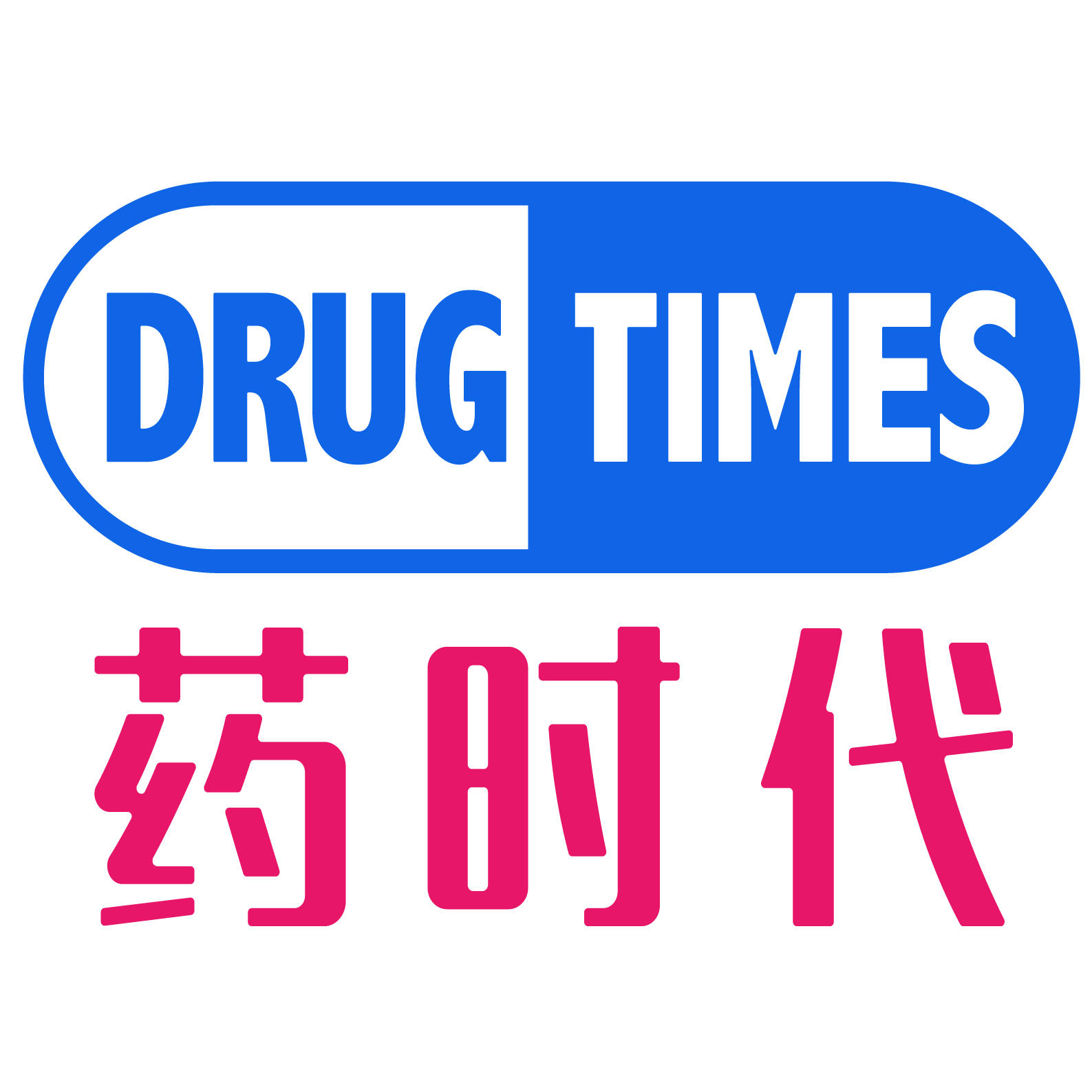原文始发于微信公众号(药时代):快讯!2017年诺贝尔化学奖揭晓!三位科学家获得殊荣!

【快讯!】
2017年诺贝尔化学奖揭晓!

药时代
2017-10-04
北京时间2017年10月4日,星期三,下午5点45分,瑞典斯德哥尔摩当地时间4日中午11时45分,位于瑞德斯德哥尔摩的瑞典皇家科学院公布了2017年诺贝尔化学奖获奖名单,Jacques Dubochet(University of Lausanne, Switzerland)、Joachim Frank(Columbia University, New York, USA)、Richard Henderson(MRC Laboratory of Molecular Biology, Cambridge, UK)三位科学家分享殊荣,表彰他们开发用于测定溶液中生物分子的高分辨率结构的冷冻电子显微镜的卓越贡献。

The Nobel Prize in Chemistry 2017 was awarded jointly to
Jacques DubochetUniversity of Lausanne, Switzerland、
Joachim FrankColumbia University, New York, USA
and
Richard HendersonMRC Laboratory of Molecular Biology, Cambridge, UK
“for developing cryo-electron microscopy for the high-resolution structure determination of biomolecules in solution”
回顾
2016年诺贝尔化学奖

北京时间2016年10月5日,星期三,下午5点45分,瑞典斯德哥尔摩当地时间5日中午11时45分,位于瑞德斯德哥尔摩的瑞典皇家科学院公布了2016年诺贝尔化学奖获奖名单,三位科学家Jean Pierre Sauvage,J. Fraser Stoddart爵士和Bernard L. Feringa,他们因为设计和合成分子机器方面的杰出贡献而获得殊荣。
2015年诺贝尔化学奖

瑞典皇家科学院于2015年10月7日宣布,将2015年诺贝尔化学奖授予瑞典科学家托马斯·林达尔、美国科学家保罗·莫德里克和拥有美国、土耳其国籍的科学家阿齐兹·桑贾尔,以表彰他们在基因修复机理研究方面所作的贡献。
2014年诺贝尔化学奖

2014年诺贝尔化学奖得主为美国科学家埃里克·白兹格,美国科学家威廉姆·艾斯科·莫尔纳尔和德国科学家斯特凡·W·赫尔,以表彰他们在超分辨率荧光显微技术领域取得的成就。诺奖委员会在颁奖词中表示,光学显微成像技术的最高分辨率一直无法超过光波波长的一半,但是借助荧光分子的帮助,这三位科学家开创性的贡献使得光学显微成像技术的极限拓展到了纳米尺度。
关于诺贝尔化学奖
1895年11月27日,Alfred Nobel(阿尔弗雷德·伯纳德·诺贝尔,1833.10.21-1896.12.10),瑞典化学家、工程师、发明家、军工装备制造商和炸药的发明者,签署了他最后的遗嘱,将他财富的最大的部分用于诺贝尔奖。正如诺贝尔的遗嘱中所描述的,其中一部分将颁给致力于“在化学领域内做出最重要的发现或发明的人”,这就是诺贝尔化学奖。诺贝尔奖包括金质奖章、证书和奖金支票。

化学是阿尔弗雷德·伯纳德·诺贝尔本人从事的工作中最重要的科学。其发明的开发以及工业化过程都是基于化学知识。化学是诺贝尔在遗嘱中提到的第二个颁奖学科。
诺贝尔奖新闻稿
Press Release: The Nobel Prize in Chemistry 2017
4 October 2017
The Royal Swedish Academy of Scienceshas decided to award the Nobel Prize in Chemistry 2017 to
Jacques DubochetUniversity of Lausanne, Switzerland
Joachim FrankColumbia University, New York, USA
and
Richard HendersonMRC Laboratory of Molecular Biology, Cambridge, UK
“for developing cryo-electron microscopy for the high-resolution structure determination of biomolecules in solution”
Cool microscope technology revolutionises biochemistry
We may soon have detailed images of life’s complex machineries in atomic resolution. The Nobel Prize in Chemistry 2017 is awarded toJacques Dubochet, Joachim FrankandRichard Hendersonfor the development of cryo-electron microscopy, which both simplifies and improves the imaging of biomolecules. This method has moved biochemistry into a new era.
A picture is a key to understanding. Scientific breakthroughs often build upon the successful visualisation of objects invisible to the human eye. However, biochemical maps have long been filled with blank spaces because the available technology has had difficulty generating images of much of life’s molecular machinery. Cryo-electron microscopy changes all of this. Researchers can now freeze biomolecules mid-movement and visualise processes they have never previously seen, which is decisive for both the basic understanding of life’s chemistry and for the development of pharmaceuticals.
Electron microscopes were long believed to only be suitable for imaging dead matter, because the powerful electron beam destroys biological material. But in 1990, Richard Henderson succeeded in using an electron microscope to generate a three-dimensional image of a protein at atomic resolution. This breakthrough proved the technology’s potential.
Joachim Frank made the technology generally applicable. Between 1975 and 1986 he developed an image processing method in which the electron microscope’s fuzzy twodimensional images are analysed and merged to reveal a sharp three-dimensional structure.
Jacques Dubochet added water to electron microscopy. Liquid water evaporates in the electron microscope’s vacuum, which makes the biomolecules collapse. In the early 1980s, Dubochet succeeded in vitrifying water – he cooled water so rapidly that it solidified in its liquid form around a biological sample, allowing the biomolecules to retain their natural shape even in a vacuum.
Following these discoveries, the electron microscope’s every nut and bolt have been optimised. The desired atomic resolution was reached in 2013, and researchers can now routinely produce three-dimensional structures of biomolecules. In the past few years, scientific literature has been filled with images of everything from proteins that cause antibiotic resistance, to the surface of the Zika virus. Biochemistry is now facing an explosive development and is all set for an exciting future.
Read more about this year’s prize
Popular InformationPdf 2.7 MB
Scientific BackgroundPdf 837 Kb
To read the text you needAcrobat Reader.
Image – 3D structures (pdf 1.4 MB)© Johan Jarnestad/The Royal Swedish Academy of Sciences
Image – Blobology (pdf 8.5 MB)© Martin Högbom/The Royal Swedish Academy of Sciences
Image – Dubochet’s preparation method (948 kB)© Johan Jarnestad/The Royal Swedish Academy of SciencesImage – Frank’s image analysis (pdf 1 MB)© Johan Jarnestad/The Royal Swedish Academy of Sciences
Jacques Dubochet, born 1942 in Aigle, Switzerland. Ph.D. 1973, University of Geneva and University of Basel, Switzerland. Honorary Professor of Biophysics, University of Lausanne, Switzerland.www.unil.ch/dee/en/home/menuinst/people/honorary-professors/prof-jacques-dubochet.html
Joachim Frank, born 1940 in Siegen, Germany. Ph.D. 1970, Technical University of Munich, Germany. Professor of Biochemistry and Molecular Biophysics and of Biological Sciences, Columbia University, New York, USA.http://franklab.cpmc.columbia.edu/franklab/
Richard Henderson, born 1945 in Edinburgh, Scotland. Ph.D. 1969, Cambridge University, UK. Programme Leader, MRC Laboratory of Molecular Biology, Cambridge, UK.www2.mrc-lmb.cam.ac.uk/groups/rh15/
Prize amount:9 million Swedish krona, to be shared equally between the Laureates.Further information:www.kva.se and http://nobelprize.orgPress contact: Jessica Balksjö Nannini, Press Officer, phone +46 8 673 95 44, +46 70 673 96 50, jessica.balksjo@kva.seExpert:Peter Brzezinski, member of the Nobel Committee for Chemistry, Phone +46 70-609 26 42, peterb@dbb.su.se
The Royal Swedish Academy of Sciences, founded in 1739, is an independent organisation whose overall objective is to promote the sciences and strengthen their influence in society. The Academy takes special responsibility for the natural sciences and mathematics, but endeavours to promote the exchange of ideas between various disciplines.
其它的诺贝尔奖将陆续揭晓,具体的揭晓时间为:
* 和平奖(The Nobel Peace Prize):最早于斯德哥尔摩时间10月6日11时揭晓(北京时间10月6日17时);
* 经济学奖(The Sveriges Riksbank Prize in Economic Sciences in Memory of Alfred Nobel ):最早于斯德哥尔摩时间10月9日11时45分揭晓(北京时间10月9日17时45分)。
* 文学奖(The Nobel Prize in Literature):揭晓时间尚未确定。

参考文献:
诺贝尔奖官网、百度、网络
衷心感谢!


发布者:药时代,转载请首先联系contact@drugtimes.cn获得授权

 为好文打赏 支持药时代 共创新未来!
为好文打赏 支持药时代 共创新未来! 